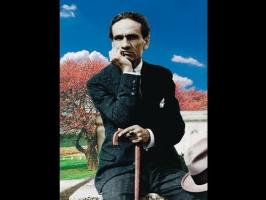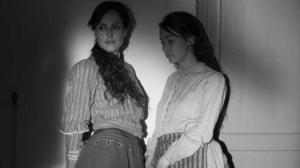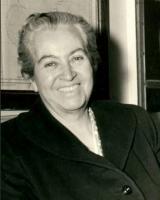Art deco: characteristics, history and representatives
The art deco It is a style of architectural, industrial and graphic design that began to take shape around the 1910s, and reached its maximum splendor in the interwar period, especially between 1925 and 1935. It is the style that we identify with the “Belle Epoque” or “the crazy years”.
It was characterized by being a classic, symmetric and rectilinear aesthetic, which dominated much of the aesthetic universe of the time in its different disciplines: architecture, design (poster, typography, applied arts, decoration, fashion), painting, sculpture, engraving and cinematography.

The art deco was born in Paris, became dominant in Europe at the end of the First World War and very soon spread to America, especially Hollywood, USA, where the growing film industry took it as a symbol of glamor.
It was not properly a unified movement and, therefore, the name of
art deco it was only minted in 1966 on the occasion of the retrospective show Les Annés 25, held at the Museum of Decorative Arts in Paris. This exhibition was, in turn, a commemoration of the International Exhibition of Modern Decorative Arts from 1925. It is, therefore, a term of French origin and passed into Spanish as a foreigner.Characteristics
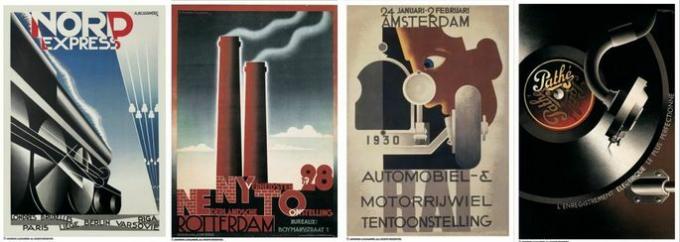
To understand the style of the art deco it is necessary to review its most important characteristics, present in all its expressions (graphic design, painting, architecture, furniture design, interior decoration, fashion, cinematography, sculpture and prints).
Eclectic and historicist language
The style art deco was influenced by the geometrism of the historical avant-gardes, as well as by the art nouveau and the Bauhaus school. However, it was also sensitive to Egyptian, Mesopotamian, African, Viking, Hindu, and American archaeological discoveries. For this reason, the appearance of Aztec, Mayan and Inca motifs was common. Thus, it consolidated its eclectic and historicist character.
Geometrization
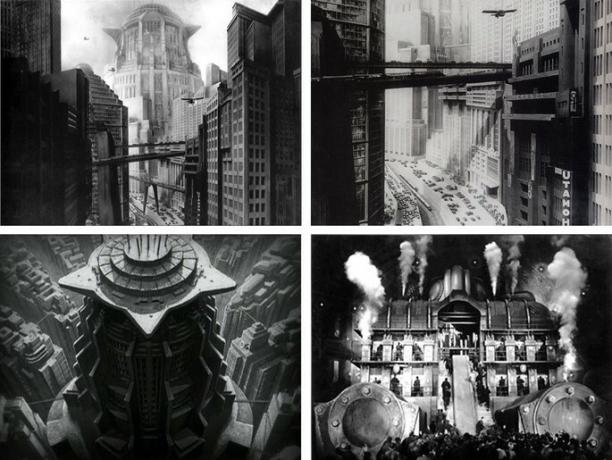
The most important formal characteristic of the art deco it is the predominance of geometric elements. Within this, the following aspects stand out:
- The use of the straight line as a primary element.
- Combinations of the line and use of the zigzag.
- Frequent use of curves, spirals and circles, always subordinate to the geometric sense and symmetry.
- Taste for the geometric shapes of the hexagon and octagon, and occasionally the cube.
Taste for symmetry
Geometrization is particularly expressed in a deep interest in symmetry. In that regard, the art deco challenges the standards and criteria of art nouveau.
Bold coloring

The coloring boldly participates in textiles, ceramics and materials such as Bakelite and plastic in the that the imitation of jade, amber, etc. is made, also in interior decoration and in the coating of exteriors.
Taste for expensive materials
The claim to refinement of the art deco it made him sensitive to a taste for expensive materials, be they natural or industrial.
- Natural materials: sap, shark and tortoiseshell skin; woods brought from distant lands such as ambo, ebony and rosewood.
- Industrial materials: chromium, bakelite and plastic.
Themes, motives and modes of representation

There are many reasons and themes of art deco. However, what makes it particular is the way of treating them, since this registers an important cultural change.
- Male figure: This is usually represented by resources such as titans, athletes, workers, etc., which express strength and vitality.
- Female figure: Through the use of stylized lines, it introduces a change in the way of representing women. The art deco rejects the fragility and intimacy that the art nouveau it gave the female figure to give it character and a certain sense of emancipation.
- Winged humans: this motif appears frequently in the context of aerial environments in competition with the conquest of the sky and space.
- Stylized and / or geometrized naturalistic motifs: flowers, trees, fronds, fountains, palm trees, gazelles, birds, clouds and sunrises.
- Machines: express or symbolize the new era of mechanization. In both painting and poster art, the use of automobiles, locomotives, ships, airplanes, and household appliances is common.
- Electric power: the art deco he is fascinated by the phenomenon of electrical energy, a symbol of modernization. He often makes a motif of it by applying cracked lines framed in paneling or ironwork (doors, windows, and bars).
Decoration deprives on functionality

First of all, the art deco it was a decorative style. For this reason, his emphasis was not on the functionality of the objects but on the decoration, that is, on the aesthetic elements.
Elegant and sensual refinement
The art deco it was characterized by being refined, elegant and sensual, in keeping with the spirit of the time, which sought to advance towards technical modernization and economic progress after the Great Depression. Part of his refinement came from a cultured aesthetic language, which drank from the references of different aesthetic styles.
You may also like:
- Cubism.
- Avant-garde.
History and context of art deco

Architects Henri Sauvage and Wybo: Pavilion of the International Exhibition of Paris, 1925.
The art deco it began to germinate around 1910 but it developed fully in the twenties and thirties, which correspond to the so-called “Crazy years” or the “Belle Epoque”. These are the years of Fox-Trot, Charleston, Jazz, the "Crack of 29" (stock market crash) and the "New Deale" of the United States.
The full development of art deco It was greatly influenced by the triumph of motorization, the most striking symbol of which was the first transatlantic air voyage, made by Charles Lindbergh in 1927.
It was also a time driven by consumption, which required a significant investment from merchants in advertising and attractive decorations, so that art advertising poster and interior decoration reached great importance, with which design (graphic and industrial) became a very popular profession. valued.
In 1925 the so-called "Exposition Internationales des Arts Décoratifs et Industriels Modernes" was held in Paris. Its objective was to show the advances in decoration and industrial products. In it the artists were the center of attention and became a reference of the style art deco.
The United States was influenced by this international show through some exhibitions such as Century of Progress, held in Chicago in 1933, Golden Gate Exposition, held in San Francisco in 1939 and New York World´s Fair, held at 1939.
Periods of art deco
The periods of art deco they are related to two great stylistic phases or aesthetic lines.
Zig Zag
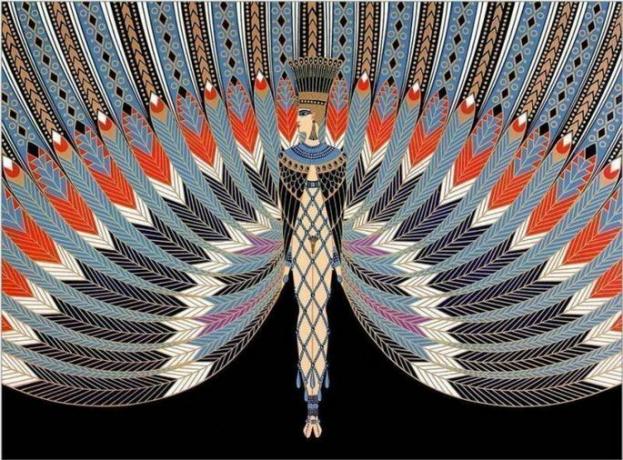
It is the style that goes from 1920 to 1929 and that influenced the most in Europe. This period emphasized newly discovered or revalued ancient cultures: Egyptian, Mesopotamian, Mesoamerican, Inca, African, Oriental, and some European cultures.
Chained and superimposed triangles and moving lines and geometric compositions stand out in particular.
Stream Line
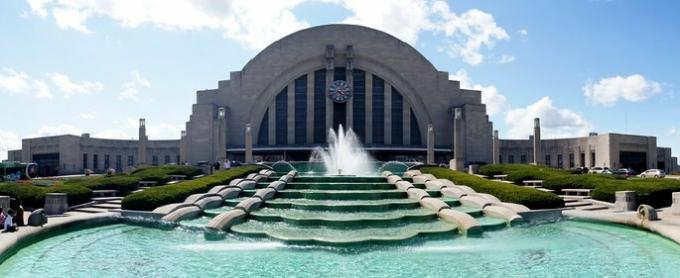
This trend reached its peak between 1930 and 1939. Its development was concentrated in the United States as an expression of the economic recovery after the "crash of 29".
It emphasizes the representation of machinery and work, through the use of strong and naked male figures to control the machines. The main decorative motifs are the streamlined curved lines.
Main managers
Cassandre (Ukraine, 1901-Paris, 1968)
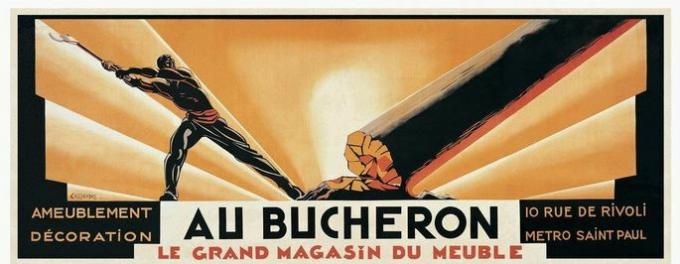
Adolphe Jean-Marie Mouron, better known as Cassandre, was one of the most important graphic designers and poster artists of his time, as well as a painter, typographer and lithographer. He was part of the Alliance Graphique group, in which Maurice Moynard and Charles Loupot also participated.
Tamara de Lempicka (Poland, 1898- Cuernavaca, 1980)
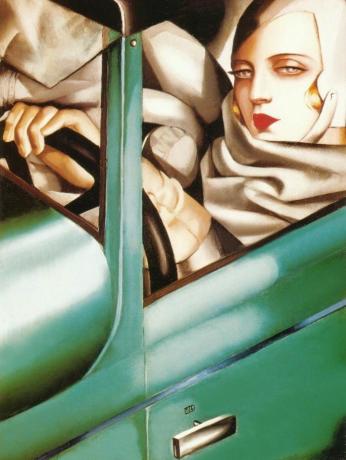
Maria Gurwik-Górska, better known as Tamara de Lempicka, was a Polish painter brought up in a refined environment, whose her training allowed him to develop her skills to the maximum within the framework of a sophisticated taste, according to the new time. Influenced by Cubism, she became one of the main representatives of the art deco, and she was called by her admirers "the baroness with a brush."
Erté (Saint Petersburg, 1892-Paris, 1990)
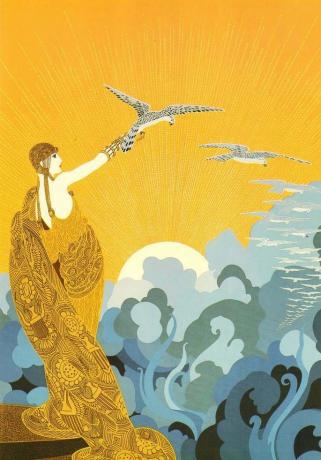
Erté is the French pronunciation of the initials of Romain de Tirtoff, an artist, illustrator, set designer, designer and couturier of Russian origin, considered one of the best exponents of the art deco. In his work the influence of the art nouveau.
Paul Landowski (1875–1961)
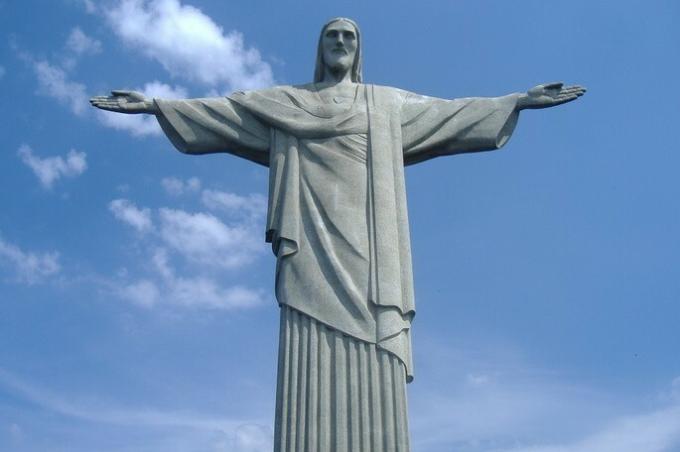
Paul Landowski was a highly prolific French-Polish sculptor. At least 80 monuments are attributed to him in honor of those who fell in the world war. He is recognized and celebrated worldwide for the project of the Christ redeemer from Rio de Janeiro.
See also Statue of Christ the Redeemer: characteristics, history and meaning.
William van Alen (Brooklin, 1883-New York, 1954)

William van Alen was an important American architect, especially recognized for the design of the Chrysler Building, located in New York City. During his first years of training and professional activity, he received the Lloyd Warren Fellowship award, which allowed him to continue his training in Paris.
It may interest you:
- Artistic movements of the 20th century
- Art nouveau

